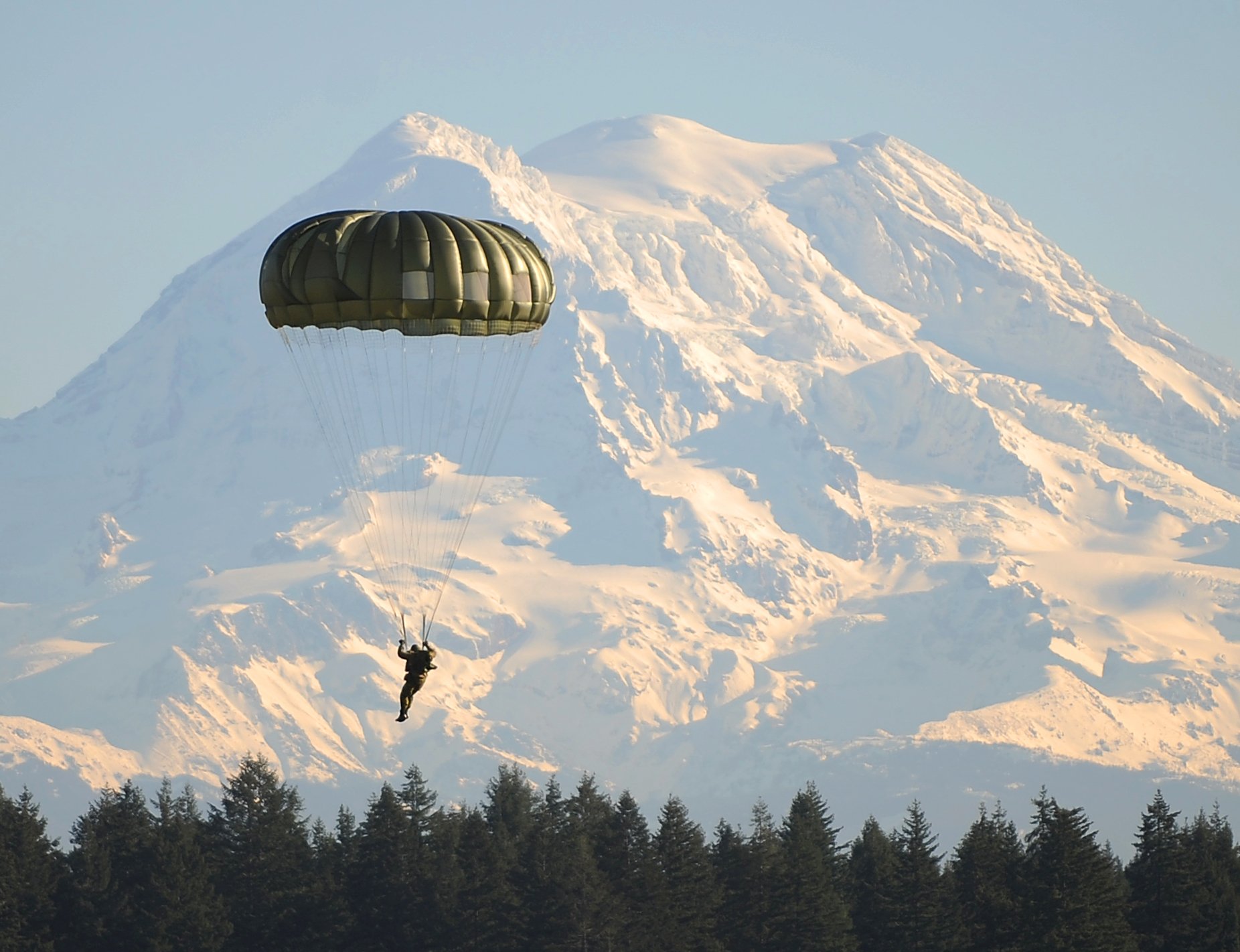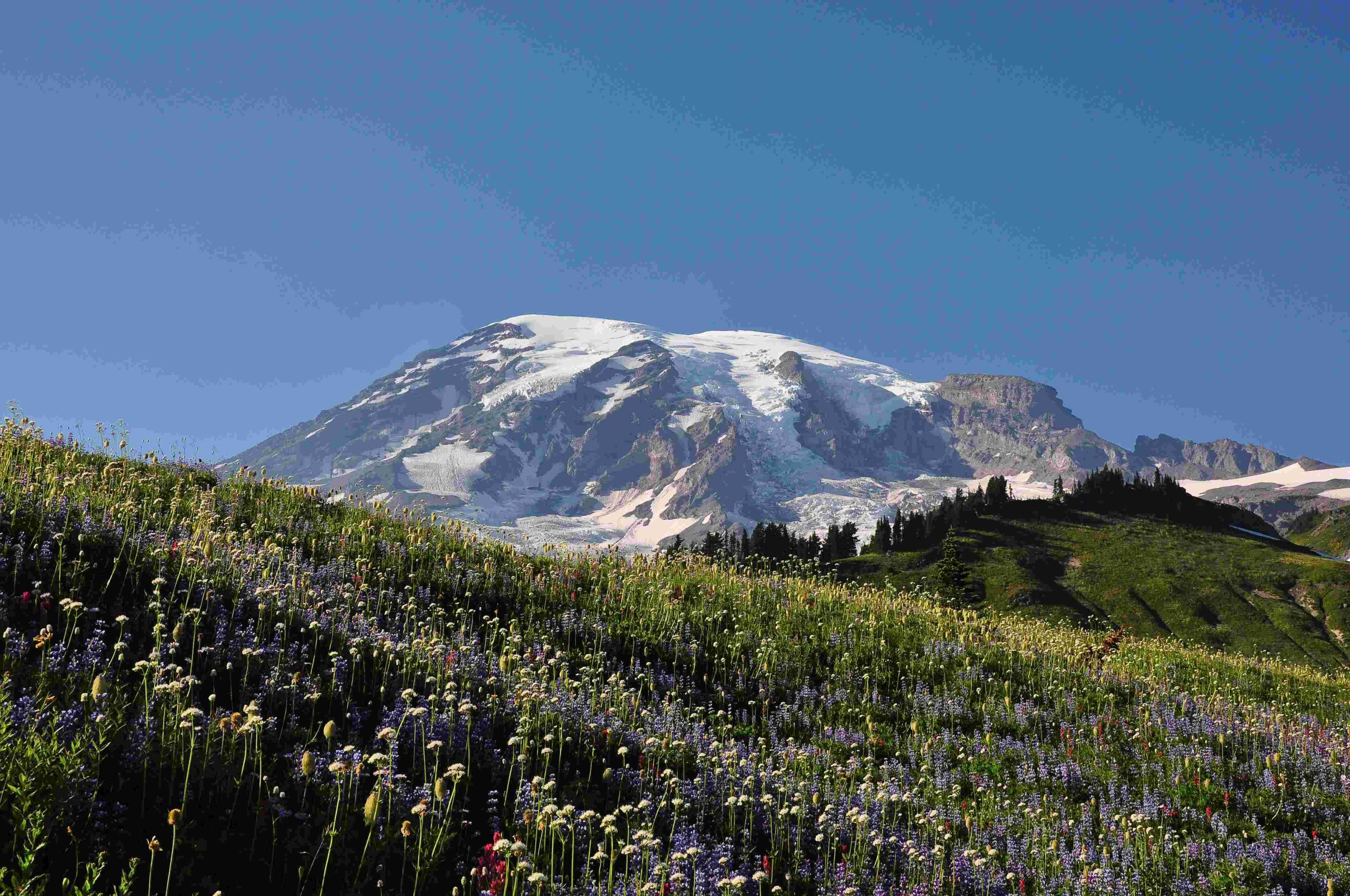The distance between the summits of Mount Rainier and Mount Baker is approximately 140 miles (225 kilometers). These two iconic peaks of the Cascade Range in Washington State are separated by a significant distance, both geographically and in terms of elevation. Mount Rainier stands at 14,411 feet (4,392 meters), while Mount Baker reaches 10,781 feet (3,286 meters). This article explores the various aspects of the journey between these two majestic mountains, including travel details, topographical insights, and accessibility information.
What is the Exact Distance Between Mount Rainier and Mount Baker Summits?

The precise distance between the summits of Mount Rainier and Mount Baker is approximately 140 miles (225 kilometers) as the crow flies. This straight-line measurement represents the shortest possible distance between the two peaks. However, it’s important to note that this direct route is not accessible by road or foot, as it would involve traversing rugged terrain, dense forests, and numerous geographical obstacles.
How Long Does It Take to Drive from Mount Rainier to Mount Baker?

The driving distance from Mount Rainier National Park to Mount Baker is considerably longer than the direct distance between the summits. Here are the key details:
- Driving Distance: Approximately 210-220 miles (338-354 kilometers)
- Estimated Travel Time: 4-5 hours (under normal traffic conditions)
Recommended Driving Route:
- From Mount Rainier National Park, take Highway 410 or Highway 12 to Interstate 5 (I-5) North.
- Continue on I-5 North for about 120 miles.
- Take the exit for State Route 542 East (near Bellingham).
- Follow State Route 542 East to the Mount Baker area.
It’s crucial to check current road conditions and weather forecasts before embarking on your journey, as mountain roads can be affected by seasonal changes and weather events.
What Are the Elevation Differences Between Mount Rainier and Mount Baker?
Understanding the elevation differences between these two peaks provides insight into their unique characteristics:
| Mountain | Elevation | Rank in Washington State |
|---|---|---|
| Mount Rainier | 14,411 feet (4,392 meters) | 1st |
| Mount Baker | 10,781 feet (3,286 meters) | 3rd |
The elevation difference between the two summits is 3,630 feet (1,106 meters). This significant disparity contributes to the distinct climates, ecosystems, and climbing challenges associated with each mountain.
How Do the Topographical Features of Mount Rainier and Mount Baker Compare?
Both Mount Rainier and Mount Baker are part of the Cascade Range, known for its volcanic peaks and glaciated landscapes. Here’s a comparison of their key topographical features:
Mount Rainier:
- Highest peak in the Cascade Range
- Most glaciated peak in the contiguous United States
- Features 25 named glaciers and numerous smaller unnamed glaciers
- Surrounded by diverse ecosystems, including subalpine meadows and old-growth forests
Mount Baker:
- Third-highest mountain in Washington State
- Highly glaciated, with 13 named glaciers
- Known for holding the world record for snowfall in a single season (1,140 inches in 1998-1999)
- Surrounded by the Mount Baker Wilderness, offering diverse hiking and climbing opportunities
What Are the Accessibility Details for Reaching Mount Rainier and Mount Baker?
Accessing these mountains requires careful planning and consideration of various factors:
Road Conditions:
- Mount Rainier: Roads within the national park can be affected by weather, especially in winter. Some roads may close seasonally.
- Mount Baker: State Route 542, the primary access road, can face closures or limited access during heavy snowfall.
Parking Facilities:
- Mount Rainier: Various trailheads within the national park offer parking facilities.
- Mount Baker: Parking is available at key trailheads, including Heliotrope Ridge and Schreibers Meadow.
Potential Challenges:
- Weather conditions (snow, ice, avalanches)
- Requirement for glacier travel experience
- Need for proper equipment and preparation
- Seasonal road closures and access restrictions
What Are the Best Times to Visit Mount Rainier and Mount Baker?
The ideal time to visit these mountains depends on your intended activities:
- Summer (July-September): Best for hiking and climbing, with more stable weather and open trails.
- Winter (December-March): Ideal for snow sports, but access may be limited.
- Spring and Fall: Offer unique experiences but can have unpredictable weather.
Always check current conditions and obtain necessary permits before planning your trip.
How Do the Climbing Difficulties Compare Between Mount Rainier and Mount Baker?
Both mountains present significant challenges for climbers, but they differ in several aspects:
Mount Rainier:
- Generally considered more technically challenging
- Longer approach and higher elevation gain
- Requires more extensive glacier travel
- Typically takes 2-3 days for a summit attempt
Mount Baker:
- Often regarded as a good introduction to glacier climbing
- Shorter approach and less elevation gain
- Still requires glacier travel and technical skills
- Can be climbed in 1-2 days by experienced climbers
Regardless of the mountain, proper training, equipment, and often a guide service are recommended for safe climbing experiences.
What Wildlife Can Be Encountered on Mount Rainier and Mount Baker?
Both mountains host diverse ecosystems and wildlife:
- Mount Rainier:
- Black bears
- Mountain goats
- Elk
- Marmots
-
Various bird species
-
Mount Baker:
- Black bears
- Mountain goats
- Ptarmigans
- Marmots
- Numerous alpine and subalpine species
Visitors should practice proper wildlife safety and follow Leave No Trace principles to protect these fragile ecosystems.
How Has Climate Change Affected Mount Rainier and Mount Baker?
Climate change has had noticeable impacts on both mountains:
- Glacier retreat on both peaks
- Changes in snowpack and melt patterns
- Alterations in plant and animal habitats
- Increased frequency of extreme weather events
Ongoing research continues to monitor these changes and their implications for the mountains’ ecosystems and recreational activities.
The journey between Mount Rainier and Mount Baker offers a glimpse into the diverse and awe-inspiring landscapes of the Pacific Northwest. Whether you’re an experienced mountaineer or a casual visitor, understanding the distance, elevation, and unique characteristics of these peaks enhances appreciation for their majestic presence in the Cascade Range.

